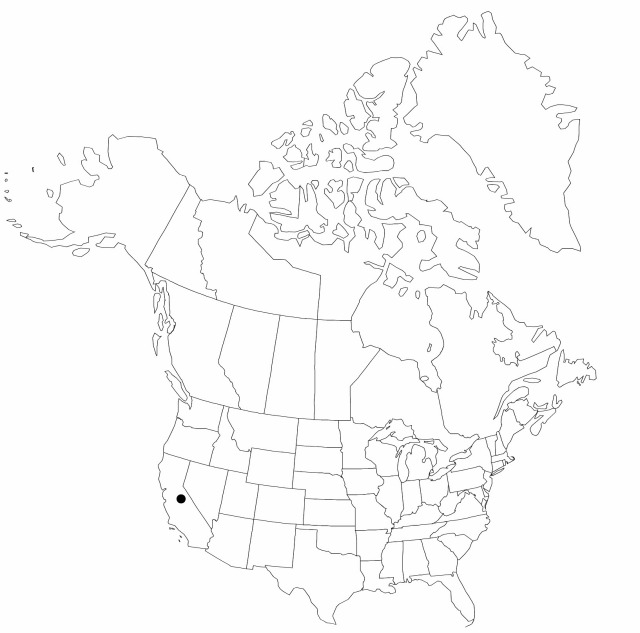Difference between revisions of "Rhynchospora kunthii"
Enum. Pl. 2: 296. 1837.
FNA>Volume Importer |
FNA>Volume Importer |
Revision as of 19:08, 24 September 2019
Plants solitary or in small tufts, (5–)10–70 cm, clonal; rhizomes strongly present, stoloniferous. Culms leafiest toward base, ± trigonous, slender. Leaves: basal leaves spreadingascending, distal more erect, mostly exceeded by culms (except in highaltitude forms); blades proximally flat or strongly folded, 1.5–4 mm wide, apex trigonous, subulate. Inflorescences: spikelet clusters (2–)3–5, compact, proximalmost widely spaced, turbinate to ovoid; peduncles ascending; branches ascending to spreading; leaf bracts exceeding proximalmost clusters, exceeded by distal cluster. Spikelets deep redbrown to nearly black, ovoid, 3–4 mm, apex acute; fertile scales ovate, 2.5–3 mm, apex acute, midrib included or shortexcurrent. Flowers: perianth bristles 6, some short, some extending to or nearly to tubercle base, antrorsely barbellate. Fruits 2–3 per spikelet, 2–2.1 mm; body pale yellowbrown, lenticular, broadly ellipsoidobovoid, 1.3–1.6 × 1–1.2 mm; surfaces transversely irregularly rugulose, intervals with rows of vertical, narrowly rectangular alveolae; tubercle evenly or concavely triangular, 0.5–0.6(–0.7) mm.
Phenology: Fruiting late spring–summer.
Habitat: Marsh meadows, seeps, boggy sites
Elevation: 1000–3500 m
Distribution

Calif., Mexico, South America (Colombia).
Discussion
Selected References
None.
